Home>Garden Essentials>What Does Landscaping Do
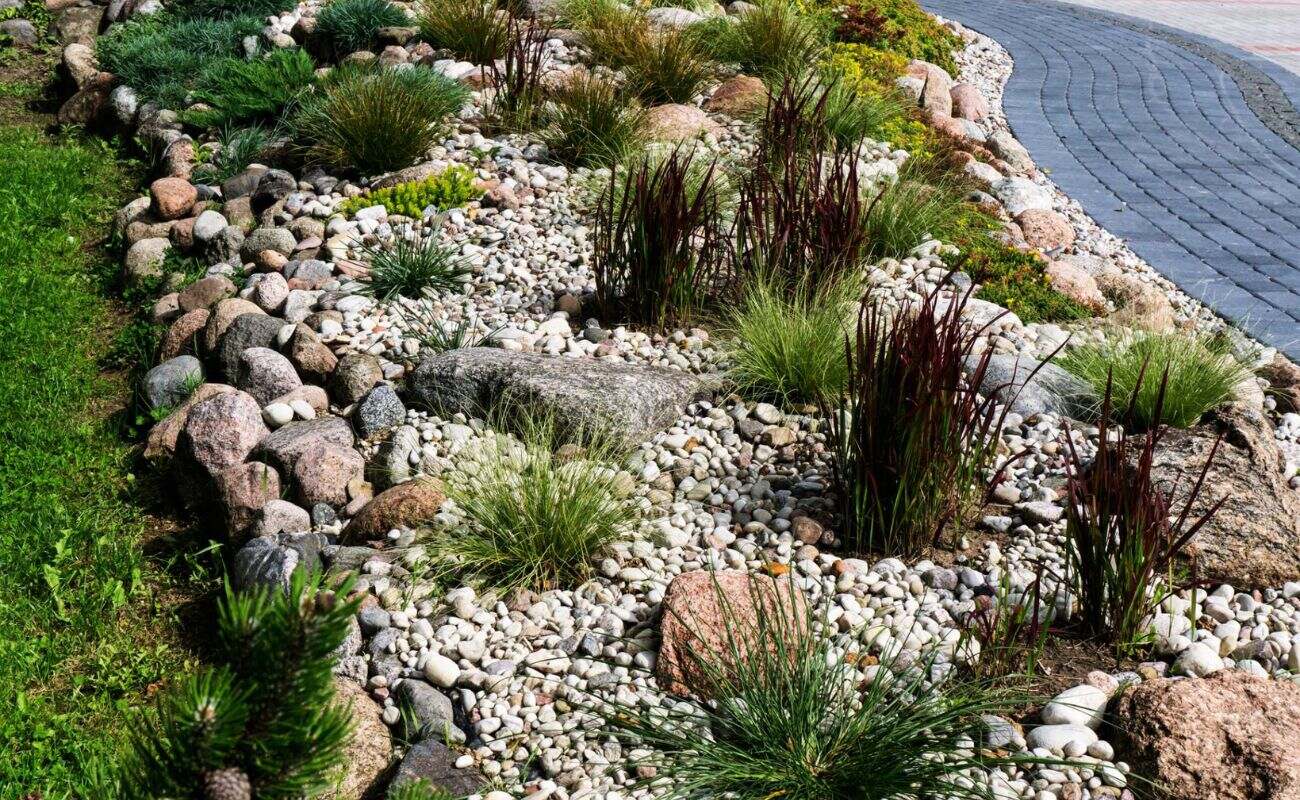

Garden Essentials
What Does Landscaping Do
Modified: October 20, 2024
Enhance the beauty of your garden with professional landscaping services. From design to installation, our experts will create the perfect outdoor oasis for you.
(Many of the links in this article redirect to a specific reviewed product. Your purchase of these products through affiliate links helps to generate commission for Storables.com, at no extra cost. Learn more)
Introduction
Welcome to the world of landscaping! If you’re a nature lover or someone who appreciates the beauty of outdoor spaces, then you’re in the right place. Landscaping is a creative and transformative art that combines elements of nature, design, and horticulture to enhance the appearance and functionality of outdoor spaces. Whether it’s a sprawling garden, a cozy backyard, or a simple balcony, landscaping has the power to turn any space into a stunning oasis.
But landscaping is not just about making things look pretty; it goes much deeper than that. It has a significant impact on our environment, our property, and our well-being. In this article, we will delve into the various benefits and wonders of landscaping, exploring how it can transform your outdoor spaces and enrich your life.
So, buckle up and get ready to discover the magic of landscaping!
Key Takeaways:
- Landscaping enhances outdoor spaces by creating beautiful, functional, and personalized oases. It improves property value, conserves the environment, and provides a natural habitat for wildlife, contributing to a greener and more vibrant world.
- Landscaping promotes mental well-being by offering a peaceful sanctuary that reduces stress, fosters a connection to nature, and enhances cognitive function. It creates opportunities for relaxation, physical activity, and a sense of accomplishment, nurturing both the mind and the soul.
Read more: Who Does Landscaping
Enhances the Appearance of Outdoor Spaces
One of the primary reasons people invest in landscaping is to enhance the visual appeal of their outdoor spaces. A well-designed landscape can instantly elevate the aesthetic of any property, making it more welcoming, attractive, and inviting.
Landscaping allows you to create a harmonious balance between various elements such as plants, flowers, trees, hardscape features, and lighting. You can choose a theme or style that suits your taste – whether it’s a lush and tropical paradise, a minimalist and contemporary design, or a charming and cozy cottage garden.
By carefully selecting plants and flowers with different colors, textures, and heights, you can create a visually striking landscape that changes with the seasons and adds charm to your outdoor spaces all year round. From vibrant blooms in spring and summer to the rich hues of autumn foliage, landscaping ensures that your outdoor areas are a visual delight throughout the year.
In addition, incorporating hardscape elements such as patios, walkways, fences, and water features can add structure, depth, and visual interest to your landscape. These features not only enhance the beauty of your outdoor spaces but also provide functional areas for relaxation, entertainment, and socializing.
Whether you have a large backyard or a small balcony, landscaping can transform even the tiniest of spaces into a stunning oasis. With creative use of vertical gardening, container plants, and clever design techniques, you can make the most of limited space and create a captivating outdoor haven.
Ultimately, landscaping allows you to personalize and customize your outdoor spaces, reflecting your personality and style. It creates a visual impact that not only impresses visitors but also uplifts your own spirits every time you step outside.
Improves Property Value
One of the most significant benefits of landscaping is its ability to increase the value of your property. A well-designed and well-maintained landscape can significantly enhance the curb appeal of your home, making it more desirable to potential buyers or renters.
Studies have shown that homes with well-designed landscapes can have a higher market value compared to properties without landscaping. In fact, the American Society of Landscape Architects reports that investing in landscaping can yield a return on investment of up to 150%. This means that for every dollar you spend on landscaping, you can potentially increase the value of your property by a considerable amount.
Landscaping serves as a first impression for prospective buyers or renters. A beautiful and well-manicured front yard creates a positive and inviting image, giving the impression that the property has been well-cared for. On the other hand, a neglected or uninspiring landscape can turn off potential buyers and leave a negative impression.
Furthermore, a thoughtfully designed landscape can make your property stand out in the real estate market. It can make your home more memorable and distinctive, setting it apart from neighboring properties. This uniqueness can attract more attention and generate a higher demand, leading to a potentially faster sale and a higher selling price.
Even if you’re not planning to sell your property in the near future, landscaping can still have financial benefits. A well-maintained landscape can help reduce costs associated with heating and cooling. Strategically placed trees and shrubs can provide shade, reducing the need for air conditioning during the hot summer months. Additionally, a properly designed irrigation system can conserve water and lower your water bills.
So, investing in landscaping is not just about beautifying your property; it’s also a wise financial decision. It can increase your property value, attract potential buyers or renters, and potentially save you money on energy and water expenses. It’s a win-win situation for both your wallet and your outdoor spaces.
Creates Functional Outdoor Living Spaces
Landscaping goes beyond just aesthetics; it also plays a crucial role in creating functional outdoor living spaces. By carefully planning and designing your landscape, you can carve out areas for various activities, turning your outdoor spaces into an extension of your home.
Whether you dream of having a cozy patio for family gatherings, a deck for outdoor dining, or a peaceful garden nook for relaxation, landscaping can help you bring these visions to life. You can create separate zones within your landscape, each serving a different purpose and catering to your lifestyle.
For example, incorporating a well-designed patio or deck area gives you a dedicated space for outdoor entertaining or enjoying meals with family and friends. Adding comfortable outdoor furniture, lighting, and even a fire pit can create a cozy ambiance and extend your living space to the outdoors.
If you’re an avid gardener or simply enjoy spending time in nature, you can create a designated garden area where you can nurture plants, grow herbs and vegetables, or simply unwind amidst the beauty of nature. Incorporating raised beds, trellises, and pathways can add structure and functionality to your garden, making it easier to maintain and enjoy.
In addition to relaxation and entertainment areas, landscaping can also provide practical functional spaces. You can incorporate storage solutions for gardening tools, bikes, or outdoor equipment, ensuring that everything has its place and is easily accessible. Installing a pergola or shade structure can provide shelter from the sun and allow you to enjoy your outdoor spaces even during hot weather.
Moreover, landscaping can help you define and create boundaries in your outdoor areas. By using elements such as fences, hedges, or strategically arranged plantings, you can create privacy screens that shield your outdoor spaces from prying eyes and create a sense of seclusion.
Overall, landscaping allows you to design and create functional outdoor living spaces that cater to your specific needs and desires. It transforms your outdoor areas into versatile and enjoyable extensions of your home, enhancing your quality of life and providing endless opportunities for relaxation, entertainment, and recreation.
Enhances Privacy and Security
Privacy and security are essential factors to consider when it comes to outdoor spaces, and landscaping can play a significant role in enhancing both aspects. With the right design choices and plant selections, you can create a sense of privacy and increase the security of your property.
One of the most effective ways to enhance privacy is by incorporating plants such as trees, shrubs, and hedges into your landscape design. These green barriers can create natural screens and boundaries, shielding your outdoor spaces from prying eyes and adding a layer of seclusion.
Tall trees strategically planted around the perimeter of your property or along the edges of your outdoor living areas can create a natural canopy, blocking the view from neighboring properties or passersby. Additionally, evergreen trees and thick shrubs provide year-round privacy, even during the colder months when deciduous plants may lose their leaves.
In addition to creating privacy, landscaping can also improve the security of your property. By carefully selecting and placing plants, you can deter potential intruders and create a more secure environment.
Thorny or prickly plants, such as roses or holly bushes, can act as a natural deterrent, making it difficult for intruders to access your property. Placing these plants near windows, entry points, or along fences can add an extra layer of security.
Strategically placed lighting is another effective security measure that can be integrated into your landscape design. Well-placed outdoor lighting not only enhances the beauty of your outdoor spaces but also illuminates darker areas, reducing the risk of accidents and making it less appealing for potential intruders to approach your property.
Furthermore, landscaping can help with perimeter security by incorporating elements such as fences, gates, or decorative barriers. These features not only define the boundaries of your property but also serve as physical deterrents and obstacles.
By enhancing privacy and security through landscaping, you can create a more peaceful and secure environment for you and your family. Whether you want to enjoy a private outdoor retreat or ensure the safety of your property, landscaping provides a natural and aesthetically pleasing solution.
Read more: What Pen Do Landscape Architect Use
Helps with Environmental Conservation
Landscaping plays a vital role in environmental conservation, contributing to the health and preservation of our natural resources. By making conscious choices in your landscape design and maintenance, you can actively participate in protecting the environment and creating a more sustainable future.
One of the key ways landscaping helps with environmental conservation is through water management. By implementing efficient irrigation systems, such as drip irrigation or smart irrigation controllers, you can minimize water waste and ensure that your plants receive just the right amount of water they need to thrive.
Additionally, choosing native plants in your landscaping can have a significant positive impact on the environment. Native plants are naturally adapted to the local climate and require less water, fertilizer, and pesticides compared to non-native species. They also provide food and habitat for local wildlife, contributing to the overall biodiversity of the area.
Another aspect of landscaping that promotes environmental conservation is the use of organic and sustainable gardening practices. By avoiding the use of synthetic pesticides and fertilizers, you can reduce chemical runoff that can pollute waterways and harm beneficial organisms.
Composting is another eco-friendly practice that can be integrated into your landscaping routine. By creating a composting system for yard waste and kitchen scraps, you can reduce the amount of organic waste that ends up in landfills while producing nutrient-rich compost that can be used to nourish your plants naturally.
Landscaping also plays a crucial role in mitigating the effects of climate change. Trees, in particular, act as carbon sinks, absorbing and storing carbon dioxide from the atmosphere. By planting trees in your landscape, you contribute to reducing greenhouse gas emissions and combating the heat island effect in urban areas.
In addition to these practices, landscaping can help conserve energy in your home. Strategic placement of trees and shrubs around your property can provide shade in the summer, reducing the need for excessive air conditioning. Conversely, deciduous trees can allow sunlight through in the winter, helping to warm your home naturally.
By practicing environmentally friendly landscaping techniques, you contribute to the conservation of natural resources, the protection of biodiversity, and the reduction of your carbon footprint. Landscaping becomes more than just creating beautiful outdoor spaces; it becomes an expression of your commitment to the environment and a step towards a greener future.
Landscaping can improve the appearance and value of your property. It can also help with drainage, reduce erosion, and provide a habitat for wildlife.
Reduces Noise and Air Pollution
Landscaping has the power to create a more peaceful and healthier environment by reducing both noise and air pollution. By incorporating certain elements into your landscape design, you can effectively minimize unwanted sounds and improve air quality.
One way landscaping helps reduce noise pollution is by acting as a natural sound barrier. Dense vegetation, such as trees, shrubs, and hedges, can help absorb and deflect sound waves, effectively reducing the amount of noise that reaches your property. Planting these vegetation along busy roads, near neighbors, or near sources of noise can greatly diminish the impact of unwanted sounds.
Additionally, incorporating water features into your landscape can contribute to noise reduction. The sound of flowing water from a fountain or a waterfall can help mask or drown out ambient noise, creating a more serene and tranquil environment. These water features not only add aesthetic value but also provide a soothing and peaceful atmosphere in your outdoor spaces.
Beyond reducing noise pollution, landscaping plays a crucial role in improving air quality. Plants are natural air purifiers, filtering out pollutants and releasing oxygen into the atmosphere. By incorporating a variety of plants, you can create a micro-environment that helps reduce air pollution in your surroundings.
One aspect to consider is choosing plants that have the ability to remove pollutants from the air, such as certain species of ferns, ivy, and peace lilies. These plants have been shown to effectively filter out toxins, such as formaldehyde, benzene, and carbon monoxide, improving the air quality around them.
In addition, trees play a significant role in reducing air pollution. They absorb carbon dioxide, a greenhouse gas responsible for climate change, and release oxygen into the atmosphere. By planting trees strategically around your property, you can contribute to improving air quality and mitigating the effects of pollution.
Landscaping also plays a role in reducing dust and particulate matter in the air. Plants provide a physical barrier that can help trap and filter out airborne particles, preventing them from entering your home and lungs. By creating a lush and vibrant landscape, you can effectively reduce the amount of airborne pollutants and enjoy cleaner and healthier air.
So, landscaping not only transforms your outdoor spaces into a serene and visually appealing oasis but also creates a healthier and cleaner environment by reducing noise pollution and improving air quality. The benefits extend beyond aesthetics, positively impacting your well-being and quality of life.
Minimizes Erosion and Soil Runoff
Erosion and soil runoff are significant issues that can lead to the degradation of landscapes, loss of fertile soil, and pollution of water bodies. Fortunately, landscaping can play a vital role in minimizing these problems by implementing erosion control measures and promoting healthy soil management.
One of the key ways landscaping helps minimize erosion is through the strategic use of ground cover plants and vegetation. The root systems of plants help stabilize the soil, preventing it from being washed away by rainwater or runoff. Ground covers such as grass, clover, or moss act as natural erosion control methods, reducing the impact of heavy rain and preventing soil erosion.
In sloped areas, landscaping techniques such as terracing or creating retaining walls can further help prevent soil erosion. These structures act as physical barriers that help redirect water flow and prevent excessive soil runoff down slopes.
Another effective method to minimize soil erosion is by mulching. Adding organic mulch, such as wood chips or straw, to the surface of the soil helps retain moisture, reduce water runoff, and protect the soil from erosion caused by wind and rain.
Landscaping also contributes to soil health and prevents erosion by promoting the growth of healthy and robust plants. Healthy soil with the right balance of organic matter, nutrients, and microbial activity is more resistant to erosion. By incorporating organic matter through composting and using organic fertilizers, you can enrich the soil and improve its structure and stability.
In addition, maintaining adequate ground cover throughout seasons is important to prevent bare soil that is susceptible to erosion. Proper lawn care and regular maintenance of plants and vegetation ensure that the soil is protected and that there are no bare patches that can easily erode.
Furthermore, thoughtful landscaping design can help manage water runoff and direct it in a controlled manner. Incorporating features such as swales, rain gardens, or bioswales allows for the natural absorption of water and reduces the impact of runoff on the soil. These features not only minimize erosion but also help filter pollutants from the water before it enters water bodies.
By implementing these erosion control measures and practicing soil management techniques, landscaping contributes to the preservation of soil, prevents erosion, and helps maintain a healthy and sustainable environment. It safeguards the fertility of the land and protects nearby water bodies from sedimentation and pollution, ensuring the long-term health and stability of the landscape.
Provides Natural Habitat for Wildlife
Landscaping plays a crucial role in providing a natural habitat for wildlife, creating a harmonious and balanced ecosystem right in your own backyard. By incorporating native plants, providing food and water sources, and creating shelter options, you can attract a diverse array of wildlife species and contribute to their well-being.
Native plants are a vital component of a wildlife-friendly landscape. Indigenous plants provide familiar food sources, shelter, and nesting materials for local wildlife species. They have evolved in tandem with the local ecosystem and are better suited to support the needs of native wildlife compared to non-native species.
When selecting plants, consider their ability to produce fruits, seeds, nectar, or pollen, as these are important food sources for birds, bees, butterflies, and other pollinators. Incorporate a variety of plant types that bloom at different times to provide a continuous supply of food throughout the seasons.
In addition to plants, providing water sources such as bird baths, ponds, or small water features can attract a myriad of wildlife species. Water is essential for drinking, bathing, and reproduction, and having a clean and reliable water source in your landscape can be a magnet for various bird species, amphibians, and beneficial insects.
Creating shelter options is also important for wildlife. Dead trees, or snags, provide nesting sites and habitat for cavity-nesting birds, bats, and insects. Brush piles or rock piles can offer shelter and hiding places for small mammals, reptiles, and invertebrates. By incorporating these elements into your landscape, you provide safe havens for wildlife to rest, nest, and raise their young.
Additionally, minimizing pesticide use and promoting organic gardening practices is crucial for wildlife-friendly landscaping. Pesticides can harm beneficial insects, birds, and other animals, disrupt the natural balance, and even be toxic to wildlife species that feed on plants or insects.
By creating a wildlife-friendly landscape, you contribute to the conservation of biodiversity, support pollinators, and provide sanctuary for local wildlife. You can witness the joy of observing birds, butterflies, bees, and other creatures as they visit your garden, contributing to the overall beauty and vitality of your outdoor spaces.
Remember, creating a wildlife-friendly habitat is a continuous process. With time, your landscape will become an integral part of the broader ecosystem, providing food, shelter, and sanctuary for a diverse range of wildlife species.
Reduces Energy Costs
Landscaping goes beyond aesthetics and environmental benefits; it can also help you save on energy costs by strategically planning and incorporating certain elements into your outdoor spaces. By using landscaping to provide shade, improve insulation, and maximize natural ventilation, you can significantly reduce your reliance on artificial heating and cooling systems.
One of the primary ways landscaping reduces energy costs is by providing shade. Well-placed trees, shrubs, and other foliage can effectively block the sun’s direct rays from reaching your home, keeping it cooler during hot summer months. By strategically planting trees on the south and west sides of your property, you can create natural shade and reduce the heat gain on your building.
In addition to trees, incorporating pergolas, arbors, or trellises covered with climbing plants can also provide shade while adding a beautiful architectural element to your outdoor spaces. These structures filter sunlight, creating a cooler and more comfortable environment for outdoor relaxation and entertainment.
Furthermore, landscaping can help improve the insulation of your home, reducing the need for excessive heating and cooling. By planting dense evergreen shrubs or installing hedges along the north side of your property, you create a natural windbreak that blocks cold winds during the winter, protecting your home from heat loss.
Strategically placing shrubs or hedges near windows or walls can also act as additional insulation by creating a buffer zone, reducing heat transfer between your indoor and outdoor spaces.
Another way landscaping reduces energy costs is by maximizing natural ventilation. By using trees and shrubs to direct or block wind flow, you can create cooling breezes during hot summer days. Planting trees near your windows can help filter and cool the air that enters your home, reducing the need for excessive air conditioning.
Incorporating water features, such as fountains or waterfalls, can also aid in cooling the surrounding area by evaporative cooling. The movement and evaporation of water help create a more comfortable and refreshing atmosphere.
By combining these energy-saving landscape techniques, you can reduce your reliance on air conditioning in the summer and heating systems in the winter, resulting in significant energy savings over time. Not only do you save on your utility bills, but you also contribute to a greener and more sustainable future by reducing your carbon footprint.
So, consider landscaping as an investment in energy efficiency. Utilize the natural elements and design principles to create a harmonious balance between your outdoor spaces and energy consumption, saving money while enjoying the beauty and functionality of your landscape.
Enhances Mental Well-being
Landscaping offers more than just physical benefits; it also promotes mental well-being by creating a peaceful and nurturing environment. The connection between nature and our mental health is well-documented, and landscaping allows us to bring nature closer to our everyday lives.
Spending time in a well-designed and well-maintained landscape can have a calming effect on our minds. The sight of lush greenery, colorful flowers, and the sound of birdsong can help reduce stress, anxiety, and boost our mood. Simply being in nature has been shown to lower cortisol levels and increase the production of endorphins, the feel-good hormones.
Landscaping provides an opportunity to create outdoor spaces that are conducive to relaxation and tranquility. Whether it’s a comfortable seating area under a shaded tree, a soothing water feature, or a meditation garden, these spaces invite us to slow down, disconnect from the demands of daily life, and find solace in nature.
Furthermore, engaging in gardening and landscaping activities can be therapeutic and provide a sense of purpose and accomplishment. Digging in the soil, planting, and watching your plants grow can be a rewarding and fulfilling experience. Gardening has been known to improve focus, reduce symptoms of depression, and increase feelings of self-worth.
Additionally, landscaping offers opportunities for physical activity and connecting with the natural world. Whether it’s tending to your garden, taking a leisurely stroll along a garden path, or engaging in outdoor exercises, these activities promote physical health and improve overall well-being.
By attracting wildlife with native plants and creating a habitat-friendly landscape, you can also experience the joy of observing and interacting with birds, butterflies, and other creatures. The presence of wildlife in your outdoor spaces can bring a sense of wonder and a deeper connection to the natural world.
Moreover, landscaped environments, especially those with a variety of plants and green spaces, have been shown to improve cognitive function, focus, and creativity. Studies have found that exposure to nature, even in the form of a well-designed landscape, can enhance attention and concentration, leading to increased productivity and overall mental well-being.
So, by incorporating landscaping into our lives, we can create a sanctuary that promotes mental well-being, reduces stress, and provides a connection to the natural world. It’s not just about creating beautiful outdoor spaces; it’s about nurturing our minds, balancing our lives, and finding peace in the embrace of nature.
Conclusion
Landscaping is a truly transformative art that enhances the appearance, functionality, and well-being of our outdoor spaces. From enhancing the visual appeal with carefully chosen plants and hardscape elements to creating functional outdoor living areas, landscaping has the power to create an oasis right in our own backyard.
But the benefits of landscaping go far beyond aesthetics. It improves property value, provides natural habitat for wildlife, reduces noise and air pollution, minimizes erosion and soil runoff, and even helps us save on energy costs. The environmental and mental health benefits of landscaping cannot be overstated.
By consciously incorporating native plants, practicing sustainable gardening methods, and creating wildlife-friendly habitats, we contribute to the preservation of our environment and the conservation of biodiversity. Landscaping allows us to have a positive impact on our surroundings and make a difference in the world around us.
Furthermore, spending time in a well-designed landscape has a profound effect on our mental well-being. It provides a sanctuary where we can find tranquility, reduce stress, and connect with nature. Whether it’s through gardening activities or simply enjoying the beauty of our outdoor spaces, landscaping supports our mental and emotional health.
So, whether you have a sprawling garden, a small balcony, or anything in between, consider the potential of landscaping to transform your space. Embrace the beauty of nature, unleash your creativity, and enjoy the countless benefits that landscaping has to offer.
In conclusion, landscaping is not just about designing and maintaining outdoor spaces; it is about cultivating a deep connection with nature, improving our environment, and nurturing our own well-being. Let landscaping be your gateway to a more beautiful, sustainable, and fulfilling outdoor living experience.
Frequently Asked Questions about What Does Landscaping Do
Was this page helpful?
At Storables.com, we guarantee accurate and reliable information. Our content, validated by Expert Board Contributors, is crafted following stringent Editorial Policies. We're committed to providing you with well-researched, expert-backed insights for all your informational needs.


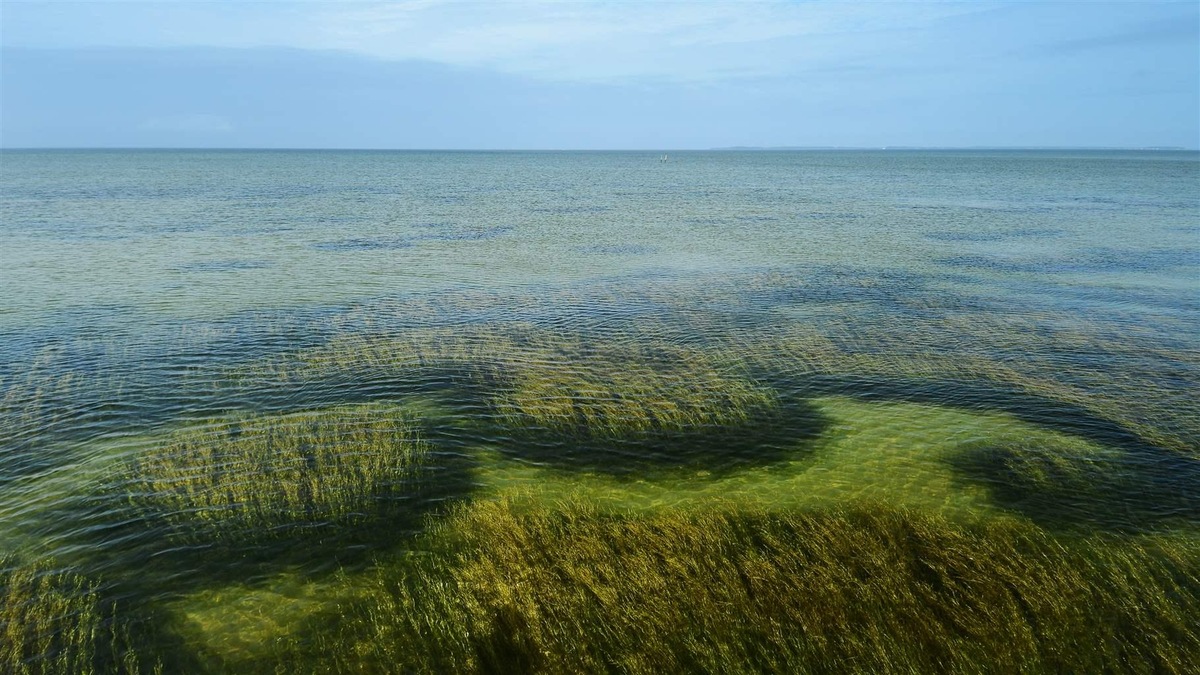
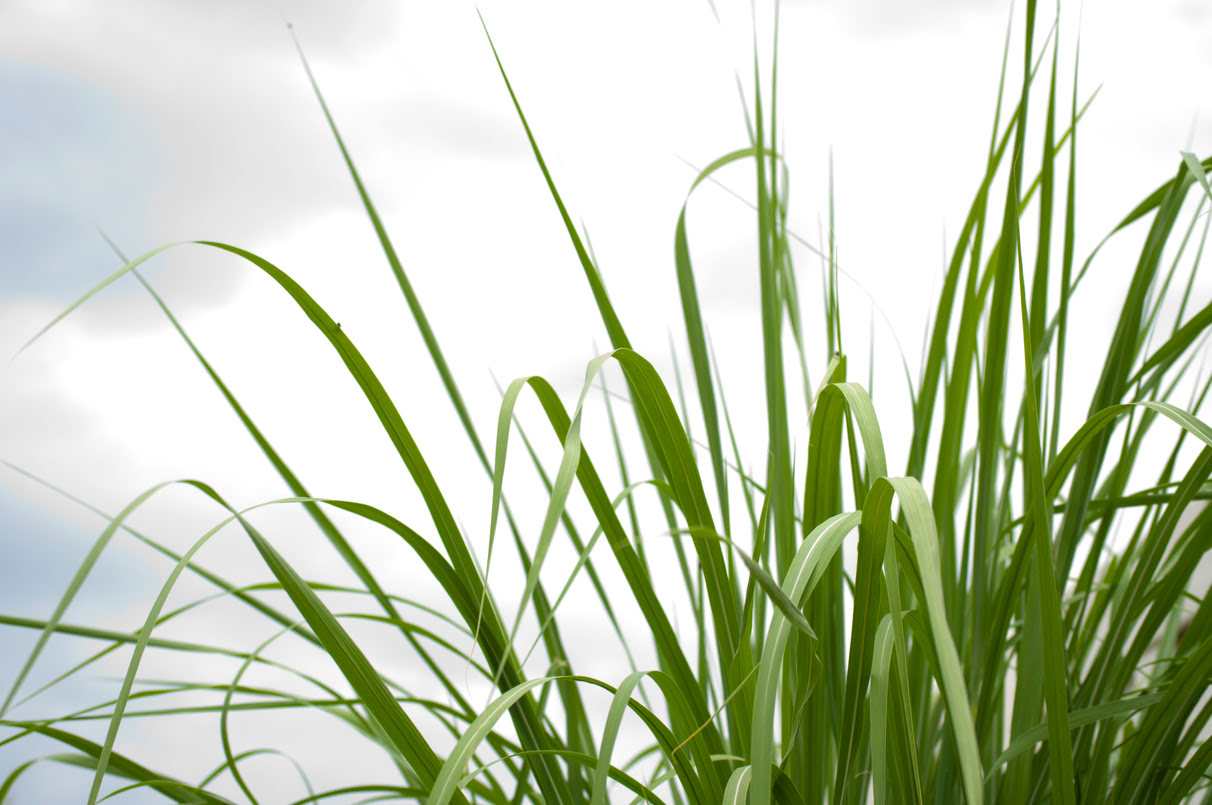

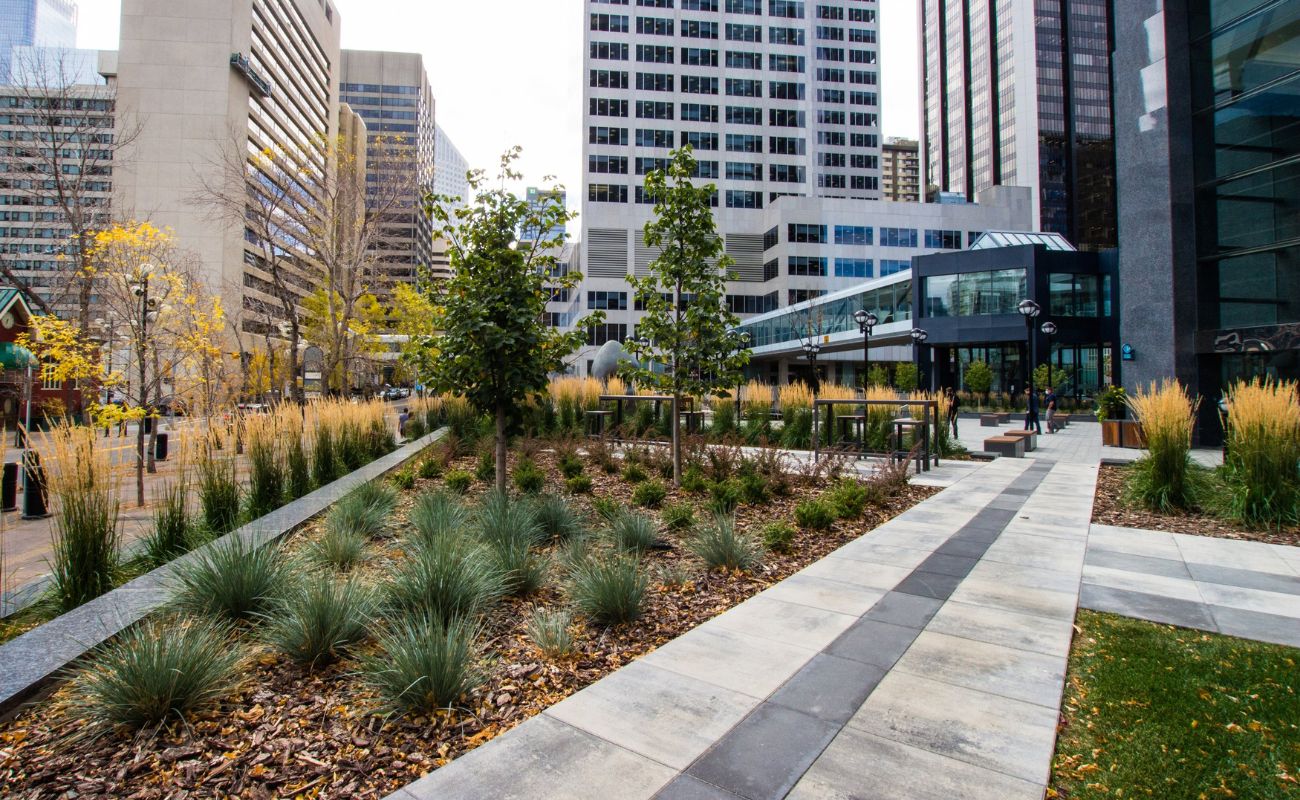
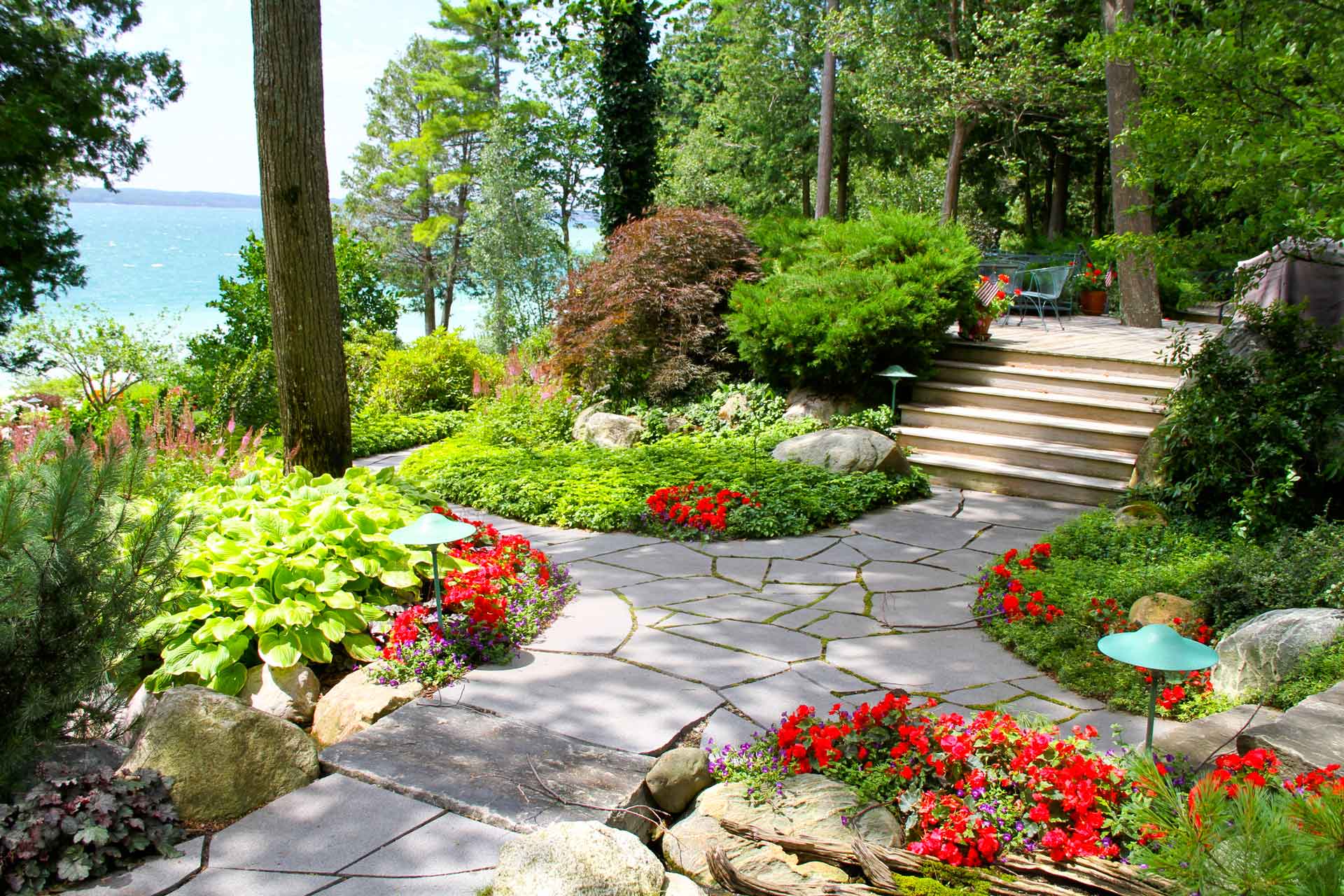
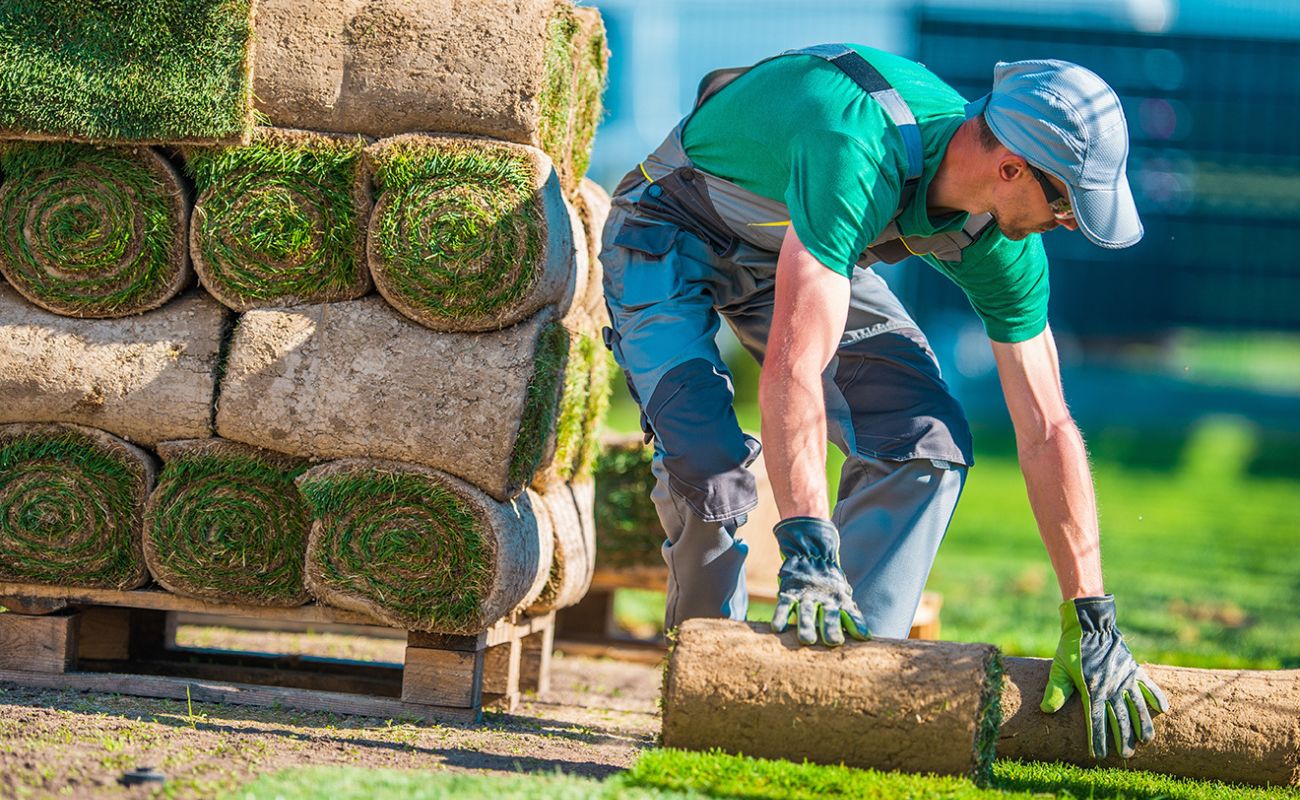

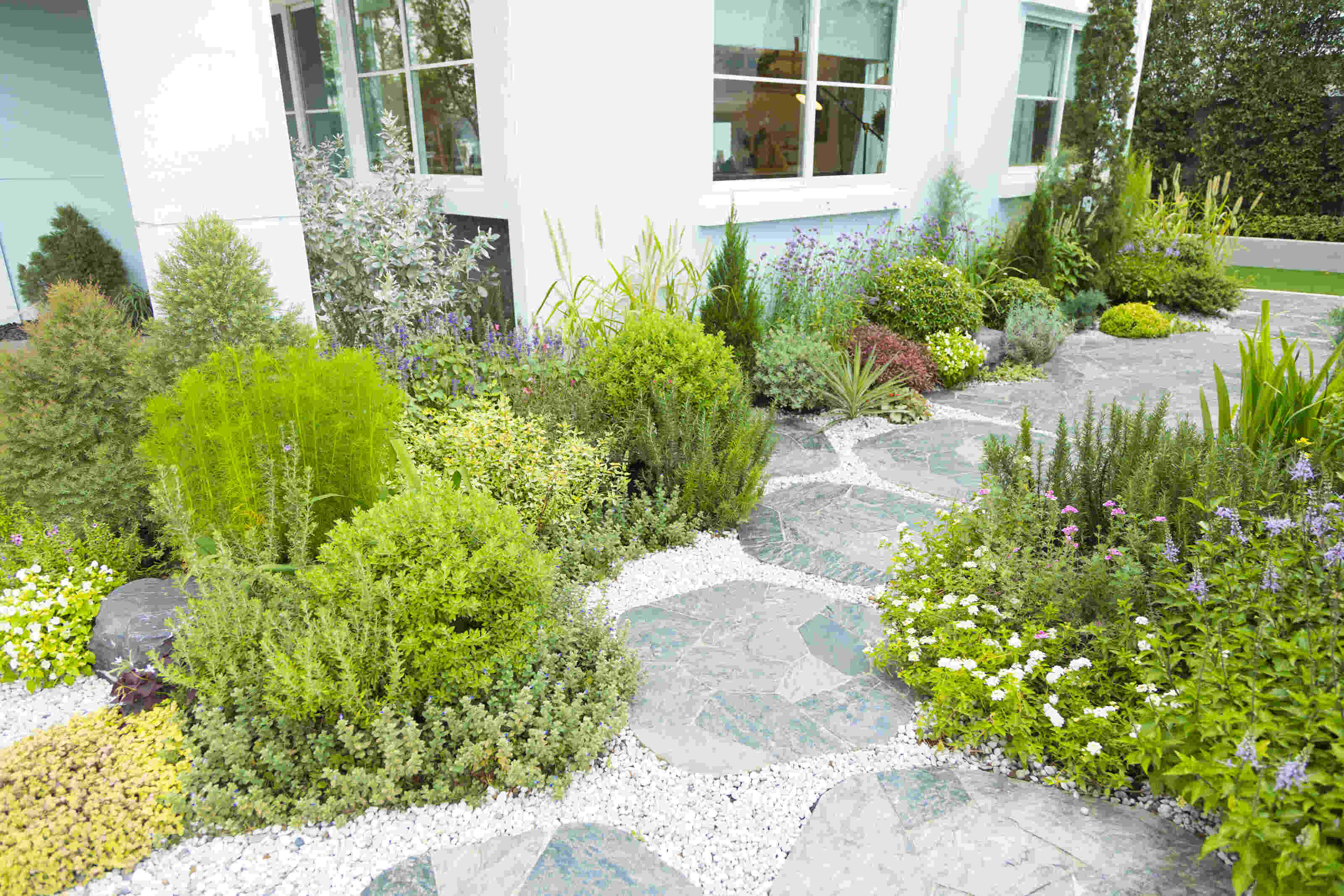
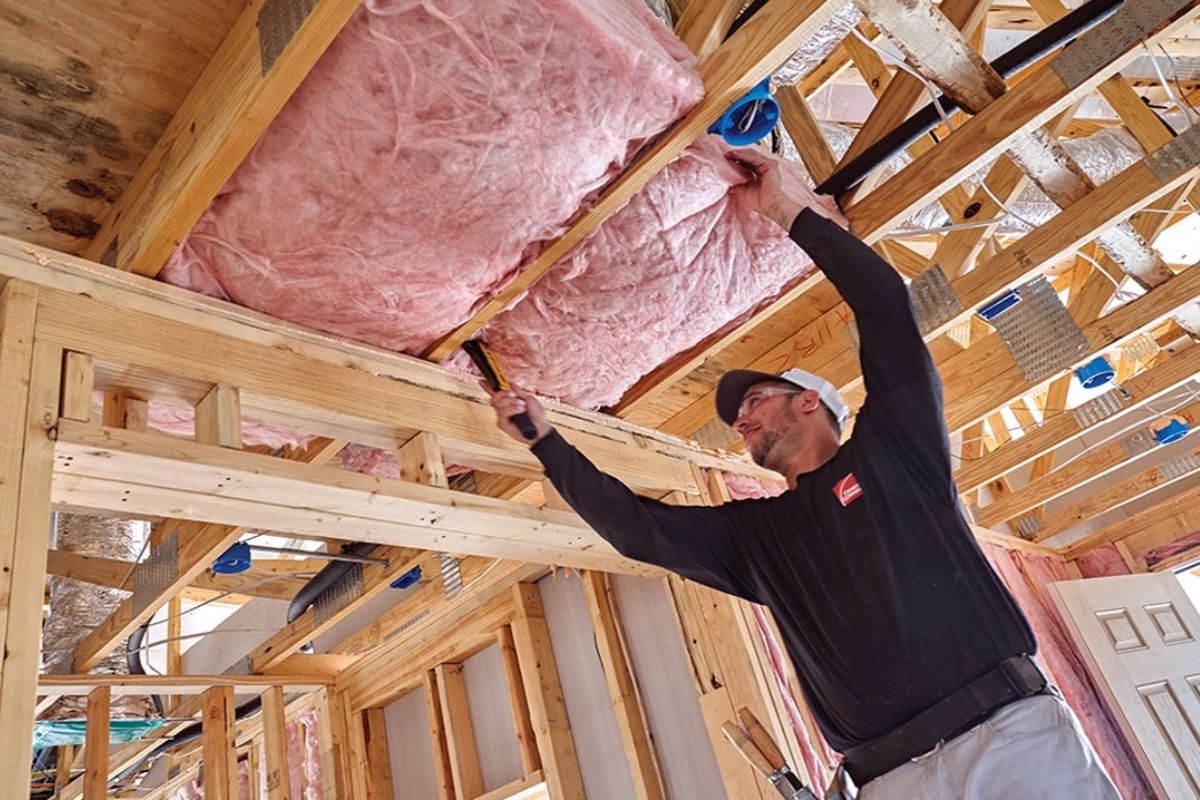

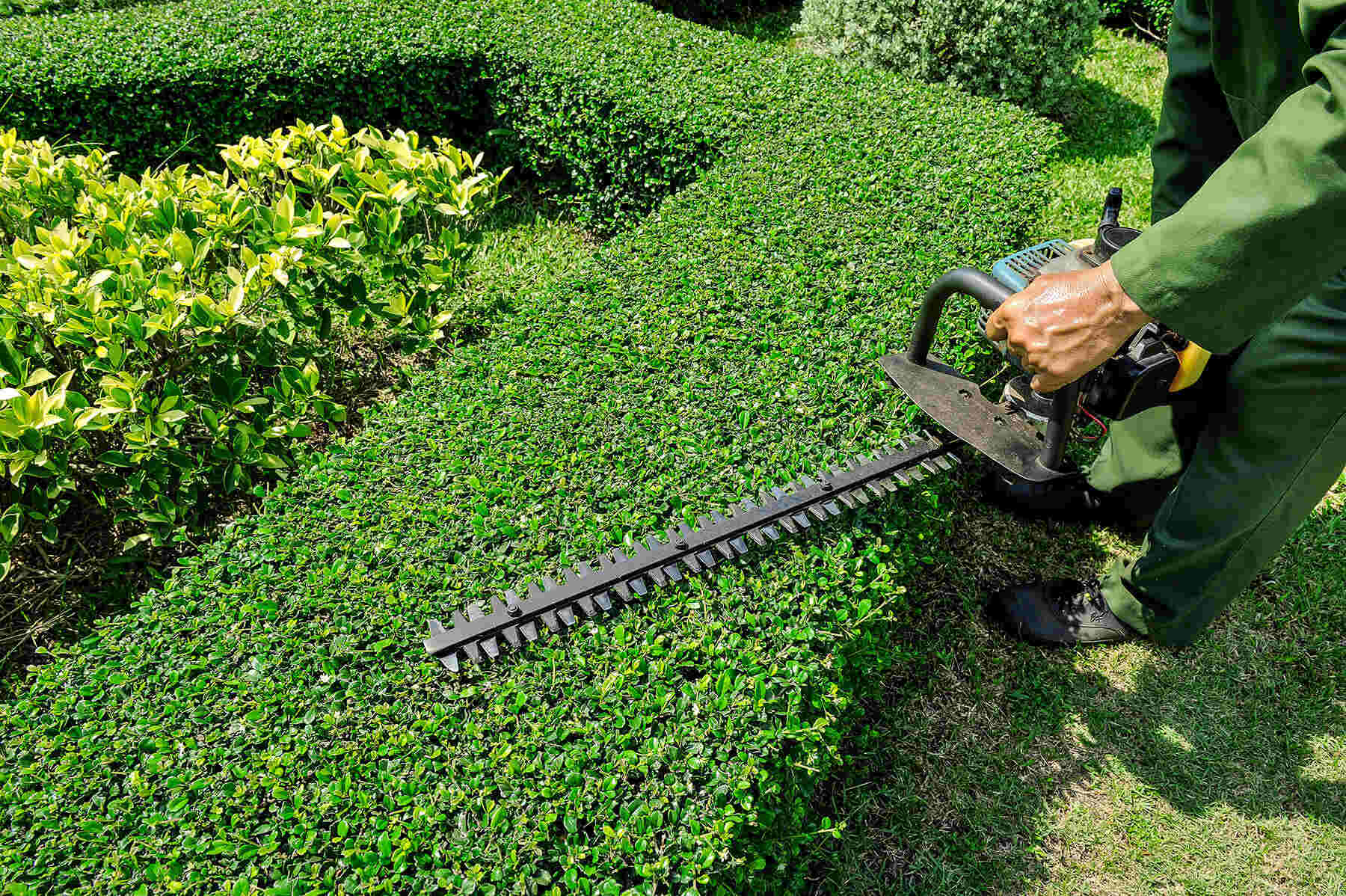

0 thoughts on “What Does Landscaping Do”